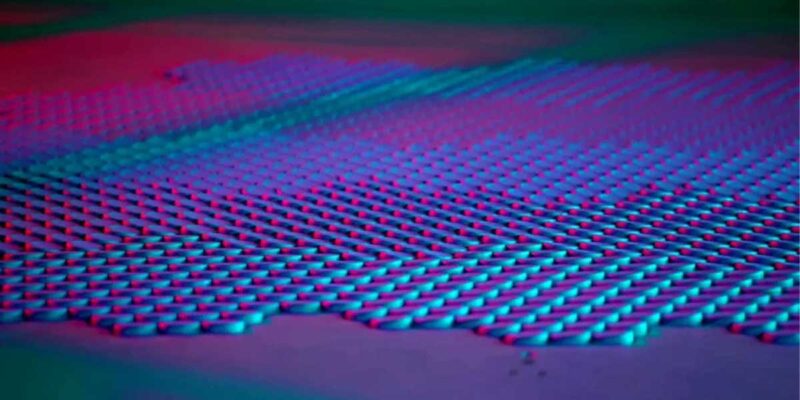4 Things You Should Know About AR/VR/MR
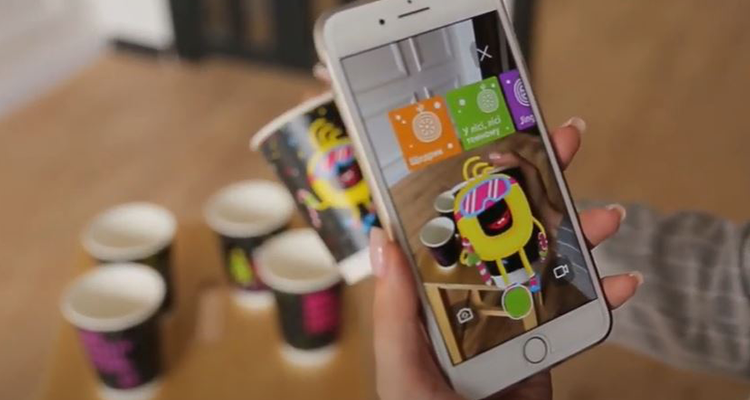
Daria Fedko worked for an information technology development company in the Ukraine.
One day a client asked her, “What do you know about AR?”
While she had plenty of IT background, Daria really didn’t know anything about AR. She looked it up on Google, researched articles, talked to people in the field and read until she had an understanding of augmented reality, virtual reality and mixed reality technologies (collectively known as “XR”).
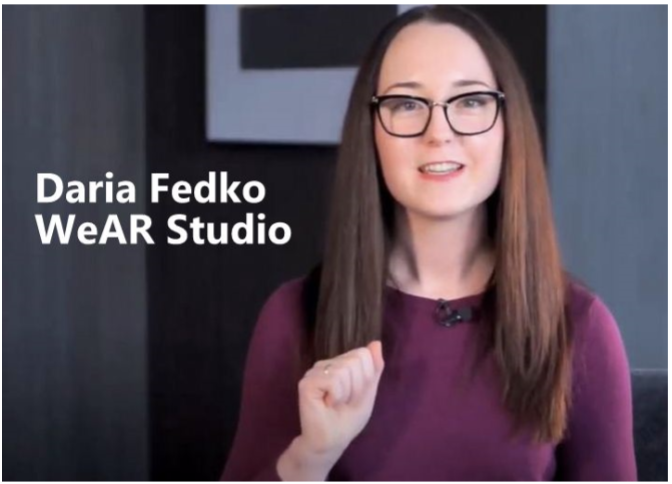
“That’s how I fell in love with XR,” she said.
From there, Daria went around as the industry’s best nonpaid evangelist. Wherever she went, if she was in a restaurant, clothes store or shopping mall, she couldn’t help but share how AR or VR or MR could improve the experience.
Although her company already had its first AR client, Daria knew she wanted to dedicate herself to the XR industry.
And so, she started a business with a staff of six, WeAR Studio — a custom development studio specialized in consulting and ideation applying XR for businesses.
“I decided to focus on business, not on gaming or entertainment as had many others,” she said.
Daria believed her experiences were best suited to figuring out where XR could play a role in a specific business situation.
Five years and more than 80 projects across Europe later, Daria explains, “We design and develop immersive experiences to solve business and industry problems. We start from an idea — a vision of a solution. Our creative gang works independently or alongside with a client’s marketing units for complex brand solutions.”
As an example, one of the biggest petrol stations in the Ukraine came to WeAR Studio with their problem. The chain wasn’t as well-recognized by the public as they had hoped, and petrol-buying customers didn’t linger long enough in their stations to make the cash registers jingle. It was Christmas time and the client wanted something that could raise brand awareness and boost sales.
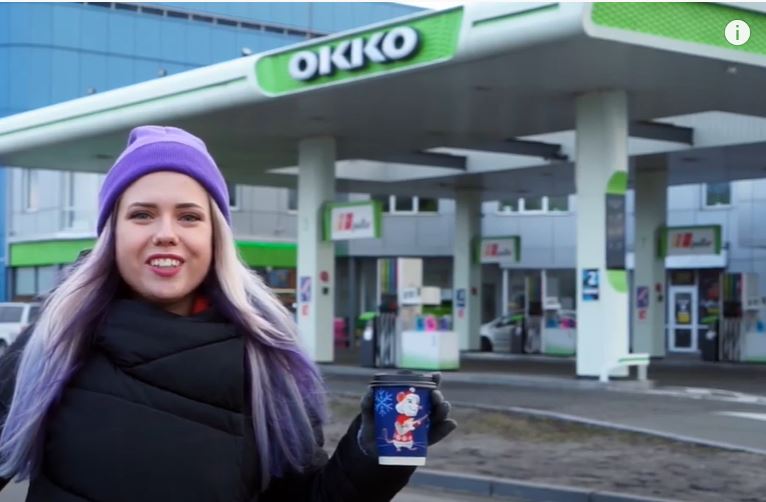
The virtual and augmented elves at Daria’s studio played with their sounding board and came up with a festive musical holiday solution.
The number one customer interest at the stations — besides petrol — is coffee. Focusing on the coffee cup as the physical object that most customers would likely hold, WeAR Studio created five characters to appear (one per cup) on the station’s coffee cups as part of a series.
Scan the QR code on the coffee cup, install the app, and point a camera on the character — and it comes alive in AR to virtually play a Christmas tune. Each character played a different instrument.
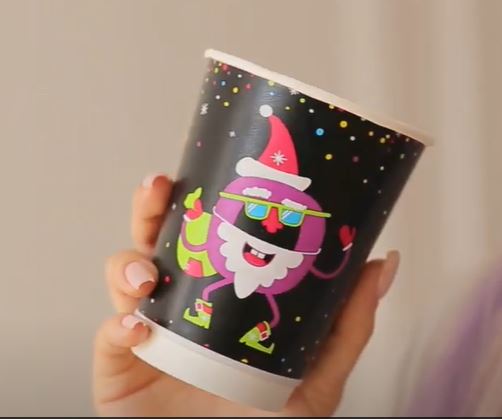
Collect all five cups and the characters would play together as a band. If you braved some karaoke, the customer could become the leader of the band — and earn redeemable points in the loyalty scheme of the petrol chain.
If this sounds like a Magic Kingdom promotion, this XR fairy tale had a happy Disney-like ending — an extra 300,000 litres of petrol were sold during this Christmas promotion.
We asked Daria her opinion on the four biggest points that we need to know about how AR/VR/MR might better serve the ProAV, Digital Signage and immersive experience industries we serve.
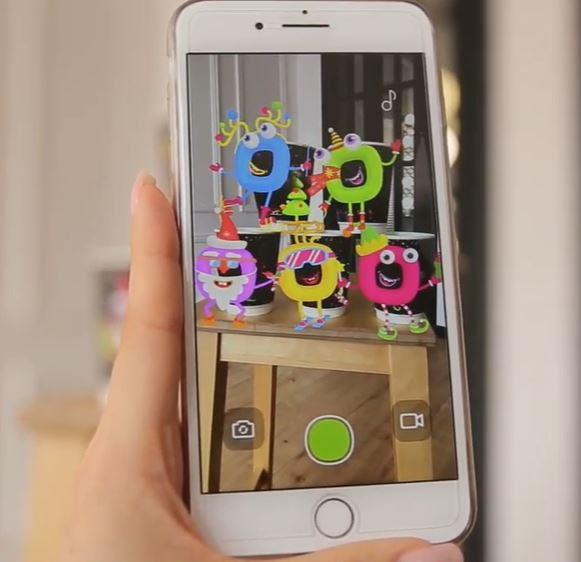
First, Daria laments how the field still has so little legacy, such little awareness compared to its potential to solve problems. There isn’t so much experience, and not enough data points of success to satisfy risk-aversive corporate buyers.
About 80% of prospective clients are interested in XR, have done some research, but still have no precise idea of how XR can help their business. And they ask, “How can you be sure this works? Can you promise me a 100% solution?” While other marketing tools might go unchallenged, XR is held to a higher requirement because it’s a new technology.
Second, Daria says those who fail in XR usually fail because they have not integrated XR into their digital ecosystem. Maybe they created an AR app and then posted it in the Android or Apple store, expecting the app to spread like the Hollywood story, “Build it and they will come …” That may have worked for Kevin Costner, but, in her experience, to succeed in XR you must also leverage everything in your digital community toolbox.
Third, Daria acknowledges many companies fear the cost of leveraging XR technology.
“Sure, it could cost $100,000 for a big and complex project but there are always alternatives — you can limit features and functionality to save. You can go small with a demo app and go forward after it proves itself. You can just create an AR project only for the web and not develop Android or Apple versions. You can build something only to trial in your social media accounts.”
How much does an alternative cost? You could build some solutions for as little as $5,000, which means businesses of all size can afford to harness XR technologies.
Fourth, Daria counts data-gathering as a critical part of a successful job.
“You need to grab the numbers and data experience. We don’t have enough numbers yet in this industry, so we always recommend we should collect, analyze and have a dashboard on each of our projects.”
In one project featuring voice recognition, WeAR Studio was able to collect and analyze the unique words used —showing the business owner how effective the project had been by listening to the customers.
“Data rocks,” proclaims Daria.
Indeed, it does. What also rocks is finding an international pioneer in XR that enjoys her work bringing creative solutions to business problems.



